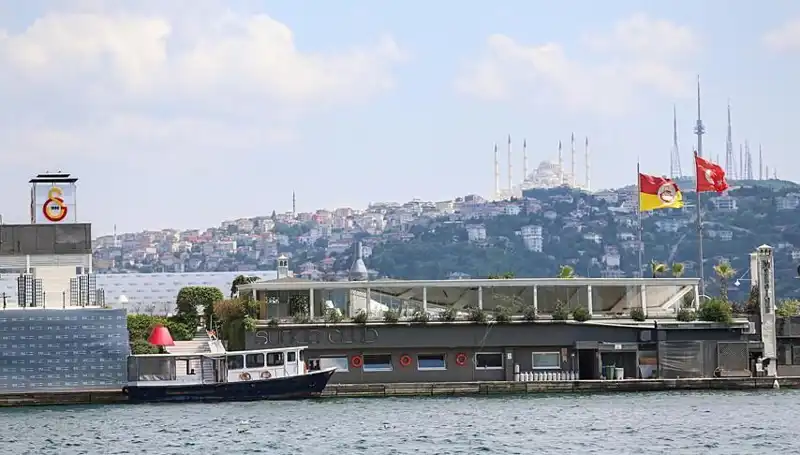
Osmanlı İmparatorluğu'nun 34. padişahı 2. Abdülhamid'in mirasçıları ile Galatasaray Adası arasında 15 yıl süren hukuki mücadele, sonunda mahkeme kararıyla sonuçlandı. Galatasaray Adası'nın tarihi ve kültürel mirası, bu dava sürecinde oldukça dikkat çekici bir hal aldı. Mirasçıların iddiası, yalnızca bireysel bir çıkar meselesi değil, aynı zamanda Osmanlı tarihine ışık tutan bir çekişme olarak kabul ediliyor. Bu süreç, Osmanlı dönemine ait mülklerin günümüzde nasıl değerlendirileceği konusunda önemli tartışmalara da kapı araladı.
Galatasaray Adası, Boğaziçi'nin incisi olarak bilinen bir yer olup, tarihi süreç içerisinde pek çok önemli olayın merkez noktası olmuştur. Özellikle 2. Abdülhamid döneminde, bu adanın stratejik ve sosyo-kültürel anlamda önemli bir yeri vardı. Abdülhamid'in yöneticilik anlayışı çerçevesinde, Galatasaray Adası'nın birçok etkinliğe ev sahipliği yaptığı ve hatta bu dönemden sonra bile toplumun farklı kesimlerine hitap eden bir sosyal alan olarak değerlendirildiği bilinmektedir. Galatasaray Adası'nın fısıldadığı tarih, günümüzde hala merak konusu olmaktadır. Adanın, sadece geçmişteki rolü değil, aynı zamanda bugün sahip olduğu ticari ve turistik potansiyeli de dikkat çekmektedir. Burası, ziyaretçilerine sunduğu eşsiz manzara, sosyal olanaklar ve etkinliklerle dolu bir yer olarak öne çıkıyor.
This historical conflict began 15 years ago when the heirs of 2. Abdulhamid initiated a legal battle claiming ownership over Galatasaray Island. Over the years, the case drew considerable attention from historians, legal experts, and the public alike. The core of the argument rested on whether the significant historical assets of the Ottoman Empire could essentially revert to descendants of its former rulers. The idea that the heirs could stake a claim in the modern context is controversial; however, it begins to open up discussions regarding property rights, legacy, and the protection of cultural heritage.
After years of legal wrangling, the court finally delivered its verdict, officially recognizing the claims of 2. Abdulhamid's heirs. This decision has raised many questions. How does this affect Galatasaray Island's future? Will the new owners change the way the island is operated, or will they maintain its current status as a popular destination for leisure and recreation? The implications of this ruling extend beyond the island itself, leading to broader reflections on property ownership, historical justice, and how societies reckon with their past.
As the news spreads, reactions from the public, historians, and legal analysts have begun pouring in. Some praise the decision as a necessary acknowledgment of historical entitlements, arguing that recognizing the claims of the heirs brings closure to a chapter of history that has long been overlooked. Others caution that this may open Pandora's box, leading to a wave of similar claims across other historic properties.
Ultimately, this case is a fascinating intersection of history, law, and modern society. As the heirs of 2. Abdulhamid prepare to take possession of Galatasaray Island, the next steps in this unfolding narrative remain to be seen. Will this lead to a renaissance of the island’s historical significance or will it usher in a new era of commercialism? The future of Galatasaray Island remains uncertain, yet undoubtedly critical, as it continues to stand as a witness to Turkey's rich history.